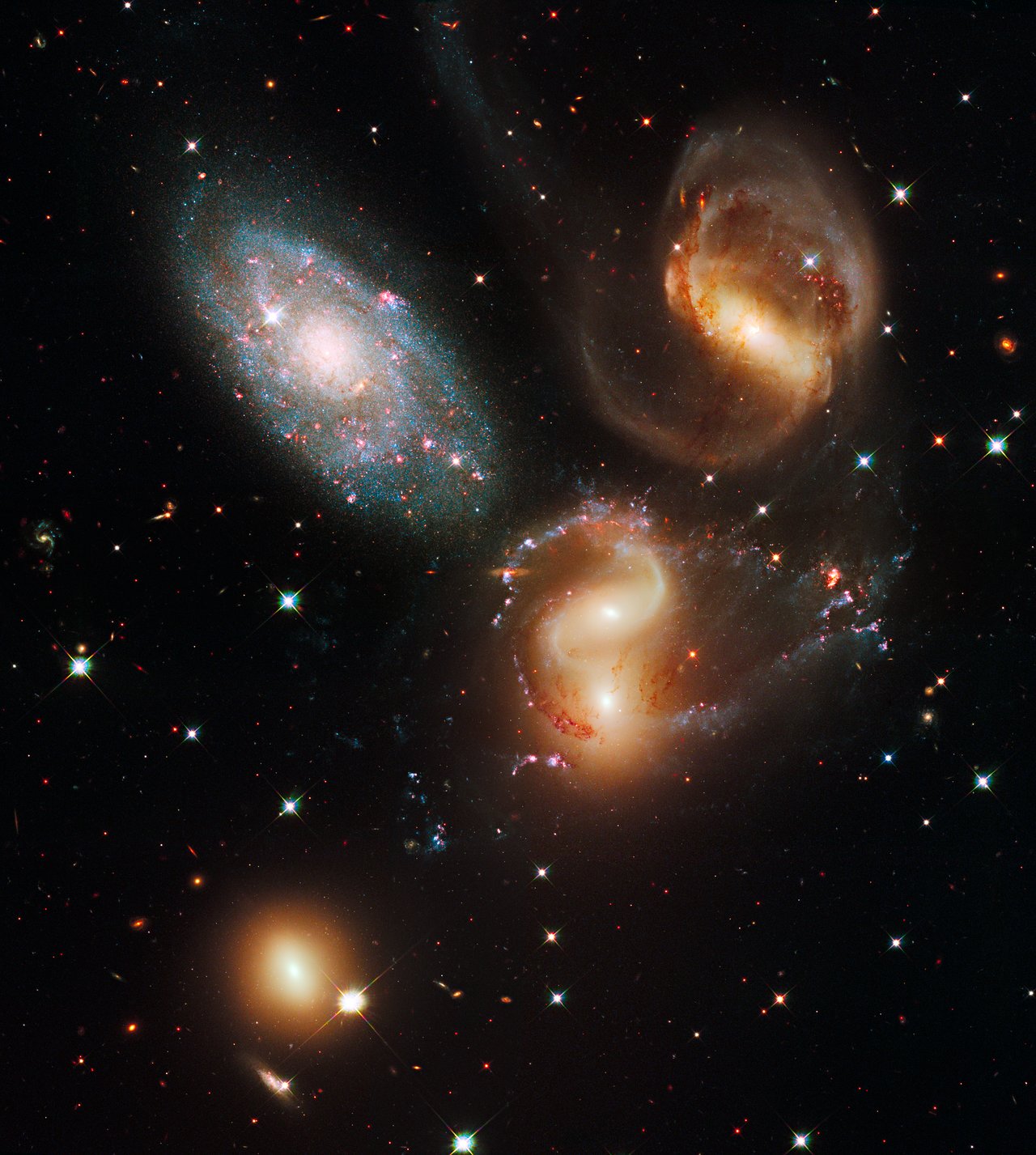Fenderputty
Banned
Reminder ...
http://phys.org/news/2013-03-naked-eye-comet-sky.html
"It will appear in the West at sunset, from around the 8th to the 13th of March 2013, and will be visible to the naked eye up to the end of the month. Comet Pan-Starrs C/2011 L4 will traverse Cetus, Pisces, Pegasus and Andromeda."
My wife and I drove up Mount Baldy last night to check this out. It was visible to the naked eye for about 15 min. The tail was small though. It's moving away from the sun and earth now, so I guess that's expected. I had some binoculars, but several people had really nice telescope set ups and let us take a gander through them.
http://www.space.com/20075-comets-pan-starrs-ison-2013-stargazing.html
The comet at the end of the year (Novemeber) is supposed to be insane though. One for the record books. Supposed to come a lot closer to the sun and be much brighter. It will be visible as eartly as september through telescopes and be visible to the naked eye in oct with it being really bright in Nov.











